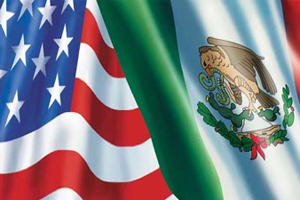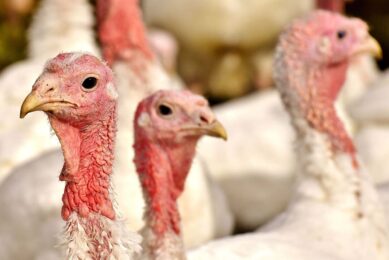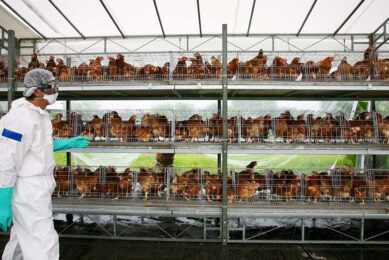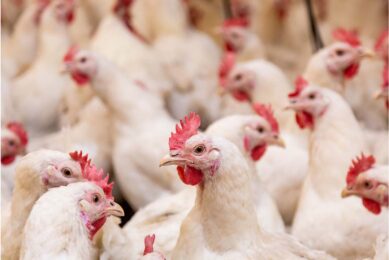Mexico and US celebrate poultry trade success

The North American Free Trade Agreement (NAFTA) which has provided a significant economic boost to the poultry and egg industries in the US and Mexico, is celebrating 20 years of existence.
In the two decades of NAFTA, Mexico has risen to become the number one export market for US chicken, turkey, duck and eggs in 2013, with annual sales exceeding $1.3 billion, according to US government trade data.
During this period, total US poultry exports to Mexico have grown by 358% in volume and 415% by value. Export volume of chicken meat has increased by five-fold, while value has increased more than eight times.
For turkey meat, export volume and value to Mexico during the 20 years of NAFTA have increased by 135% and 198%, respectively.
For the US and Mexico, NAFTA has contributed to unprecedented growth in poultry production. Since the implementation of NAFTA in 1994, US poultry production has grown by more than four-and-a-half times, while egg production has more than doubled. Mexico’s poultry and egg production, meanwhile, has increased at an average annual rate of 4.3% and 2.8%, respectively.
Meanwhile, Mexico’s per capita consumption of chicken increased during the period by nearly 285%, while egg consumption grew by 120%, solidifying Mexico’s position as the global leader in egg consumption.
After an initial NAFTA 10-year phase-in period, during which import tariffs were reduced incrementally to zero, US poultry and eggs have duty-free access to the Mexican market. Even though Mexico continues to work on gaining entry to the US for its raw poultry products, its industry has unfettered access to US feed grains, poultry genetics and other inputs, which has helped to make the Mexican industry much more efficient.
Much of the US poultry meat is shipped to Mexico fresh, in the form of mechanically separated chicken and turkey meat. These products are used extensively by the Mexican meat processing industry in the manufacture of a variety of further processed products, such as sausages, hams and deli meats, often as a more cost-effective alternative to pork. US producers also export a significant amount of other fresh chicken and turkey parts for retail sale, mainly in the cities located along the border between the US and Mexico.
“The US is the only country that produces sufficient quantities of mechanically separated poultry (MSP) that can supply the demands of Mexican meat processors,” said USA Poultry & Egg Export Council President Jim Sumner.
Imports of US poultry meat have been a boon to Mexican processors, which have helped to contribute to Mexico’s increasing consumption of poultry. Over the past 20 years, Mexico’s per capita consumption of poultry has grown by an average of nearly 3% annually.
Mexico also imports a significant amount of processed US egg products, which are in high demand by commercial bakeries, confectioners, and processed food manufacturers. And, in the wake of a severe outbreak of highly pathogenic avian influenza in its main egg-producing region in the state of Jalisco, in 2012 Mexico began importing table eggs from the US to boost dwindling supplies that were curtailed during the outbreak.
Join 31,000+ subscribers
Subscribe to our newsletter to stay updated about all the need-to-know content in the poultry sector, three times a week. Beheer
Beheer








 WP Admin
WP Admin  Bewerk bericht
Bewerk bericht